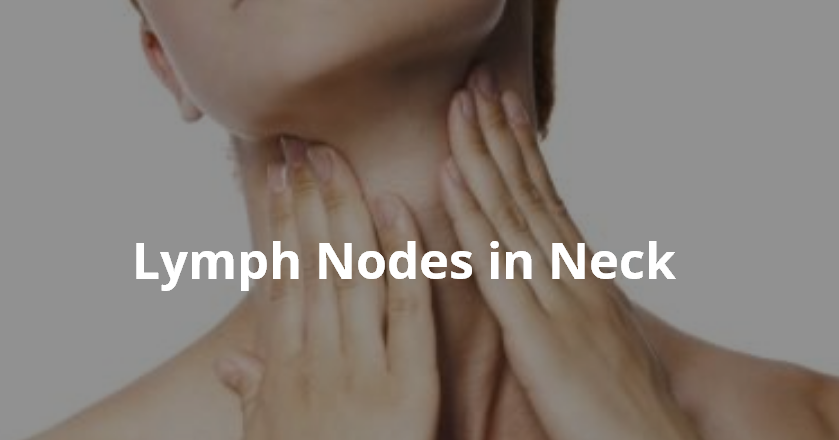

& get attracted to chemotactic factors & enhance the chances of T-cell production & activation.Both T-cells & B-cells migrate from their regions to other places & exits the lymph nodes through the Efferent Lymphatic Vessels and then enter venous subclavian lymphatic vessels to express.All lymph nodes are covered or surrounded by a fibrous capsule & extend inside it to form.Notably, the lymph nodes filter the foreign attackers or intruders but can’t detoxify our bodies from such phenomena. Lymph is present all over the body & works or keeps active through lymphatic vessels.The Central Nervous System, or CNS, has no lymph nodes and is separated through Blood-Brain Barrier or BBB. Cervical lymph nodes are the nodes for the head & neck.B-cells detect invaders by producing antibodies in our body & T-cells fight them, but T-cells basically can fight only one type of attackers.So, therefore, lymph nodes are the secondary lymphatic organs. Bone marrow & Thymus is known as the primary lymphatic organs.The Medulla is made up of plasma cells & macrophages. The Medulla is lesser in the case of cell numbers than the cortex. They consist of an area of the cortex which contains B-cell follicles, T-cell paracortex & a part in the Medulla. And from Plexus, they travel or flows through a space called Sinus. Lymphatic vessels are of a thin wall structure. The lymphatic system works through vessels named after Lymphatic Vessels or Plexus. It also helps us to live healthy by contributing to the Circulatory or Cardiovascular system of the body. If somehow, you don’t know what Phagocytosis is, you must understand that it’s a useful trapping art against our body’s intruders. Lymph nodes especially contain B-cells & T-cells, which we call fighter cells all these help us attack or destroy the germs in our bodies through Phagocytosis. Undoubtedly, we can say that lymph nodes are an integral part of the human adaptive immune system, helping us tackle the harmful elements entering our body. Such as lymphocytes fight against the specks of dirt, bacteria’s & viruses, unknown or foreign invaders, intruders of our system, or, to say in easy terms, pathogens. The Paracortex contains Migrating Dendritic cells, CD4, & CD8- T-cells.the Secondary nodule (Centro blasts Centrocytes), which is known as the Germinative centre.There are two types of lymphatic nodules. The cortex contains lymphatic nodules.Dense connective tissues surround the capsule.The Hilum is mainly the passage or pathway for the arteries, veins, afferent & efferent lymph vessels.Basic Structure of a lymph node:Ī lymph node consists of Hilum, then Capsule, & then Cortex, Paracortex, last but not least Medulla. The lymph nodes in the neck area of our body are usually 10mm. But to say precisely, most of the lymph nodes are 6 to 11 mm long only. What is the size of a lymph node in reality?Ī lymph node can size from 0.1 to 2.5cm. Also, an adult can have up to 450 lymph nodes in his / her body. 300 0f the lymph nodes are parts of the neck. There are basically 500 to 600 or approximately 800 lymph nodes in a human body, but only 11 types of lymph nodes reside in the neck. But individual lymph nodes lay in our neck region. Synthesized exclusively by B cells, antibodies are produced in billions of forms, each with a different amino acid sequence and a different antigen-binding site.Well, there are many Lymph nodes in our body system. Most of our lymph nodes are in clusters in the neck, armpit, and groin area. B cells make antibodies-special proteins that stop infections from spreading by trapping disease-causing germs and destroying them. Inside the lymph nodes, lymphocytes called T-cells and B-cells help the body fight infection. Antibodies produced in the course of a humoral immune response leave the lymph node predominantly via the efferent lymphatic vessel. Antigen-activated B cells migrate to the medullary cords where they differentiate into antibody-producing plasma cells. Various immune system cells trap germs in the lymph nodes and activate the creation of special antibodies in the blood.

Lymph nodes are small bean-shaped tissues found along the lymphatic vessels.


 0 kommentar(er)
0 kommentar(er)
